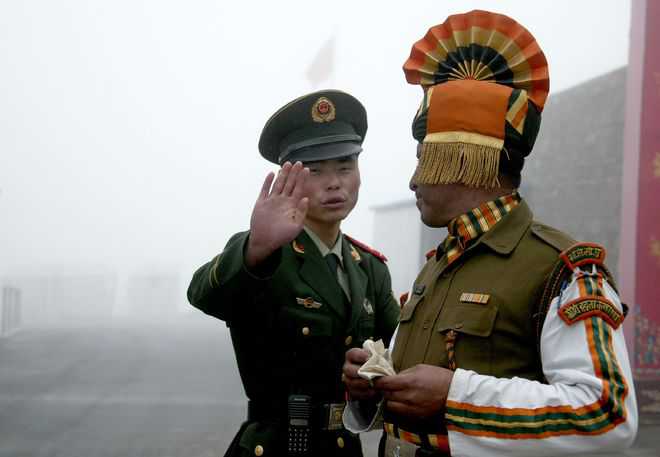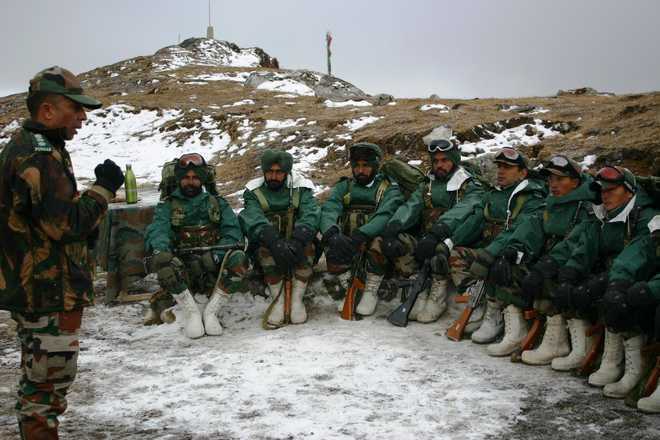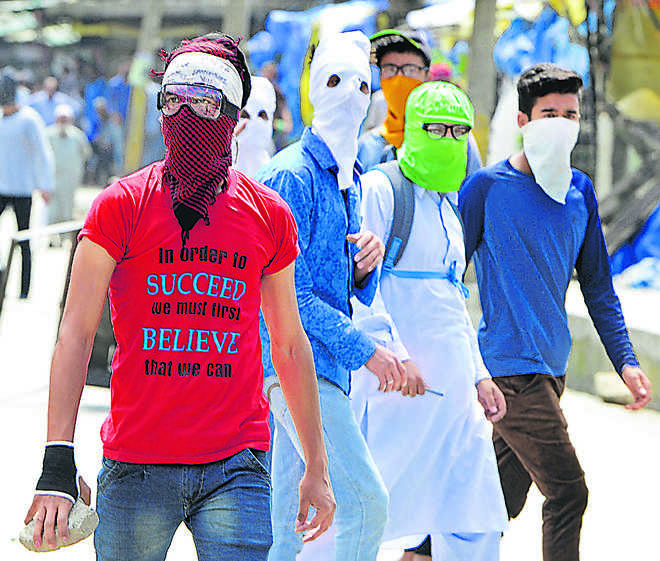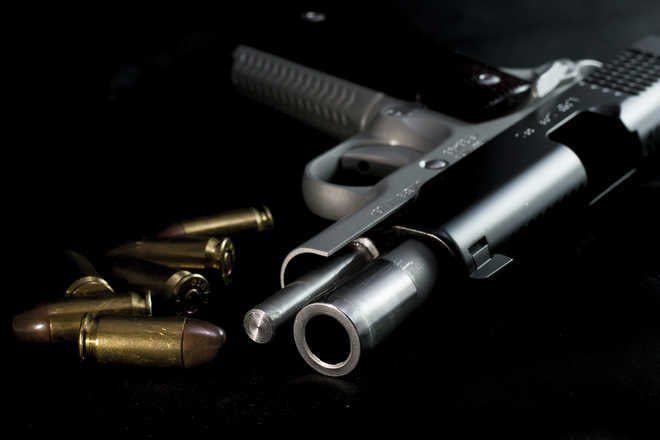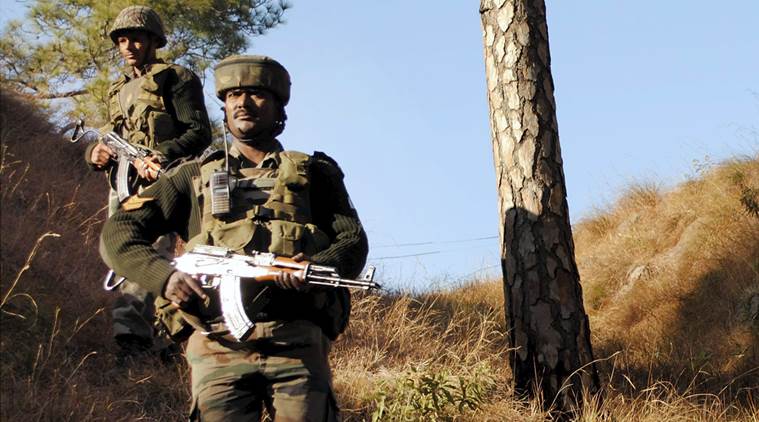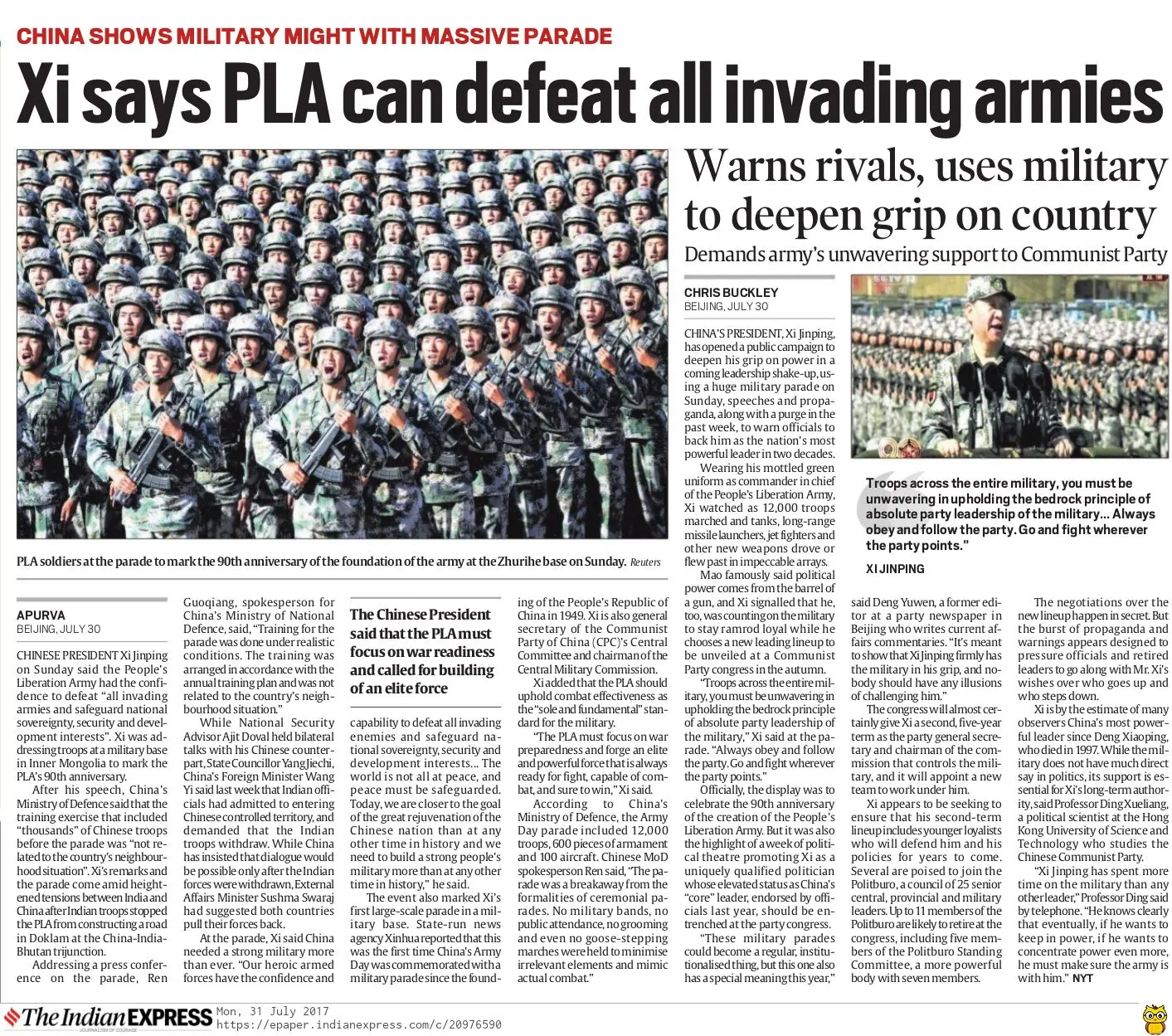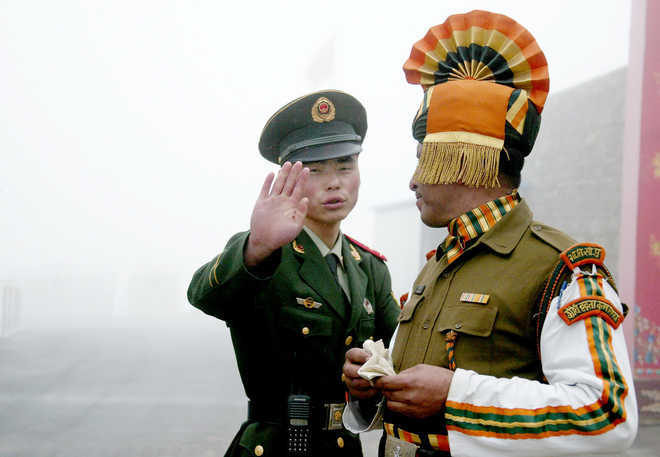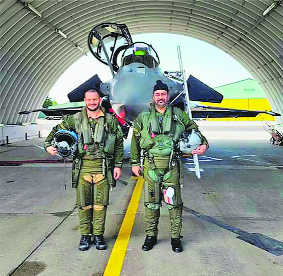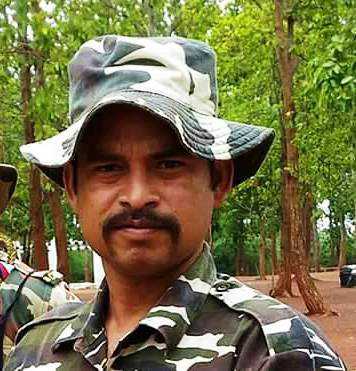t is a cause for concern that Pakistan has requested China to provide water security as a part of CPEC. This is strategic, given the worsening Pak-India ties. However, India needs to be watchful. The IWT has survived because of India’s benevolence.
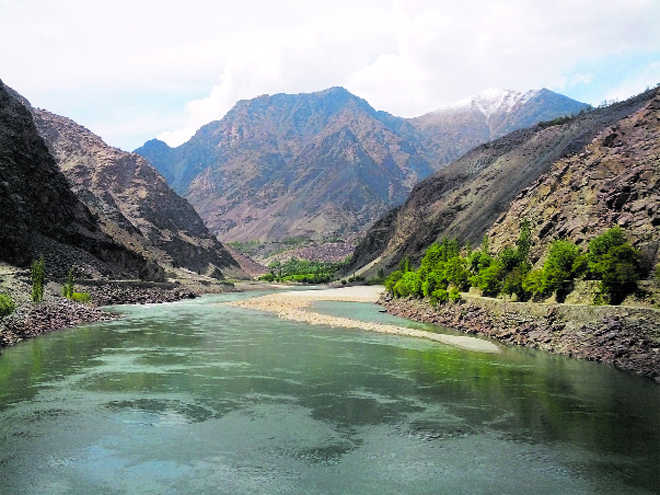
River of discord?: The Indus river in Kharmang district, Pakistan
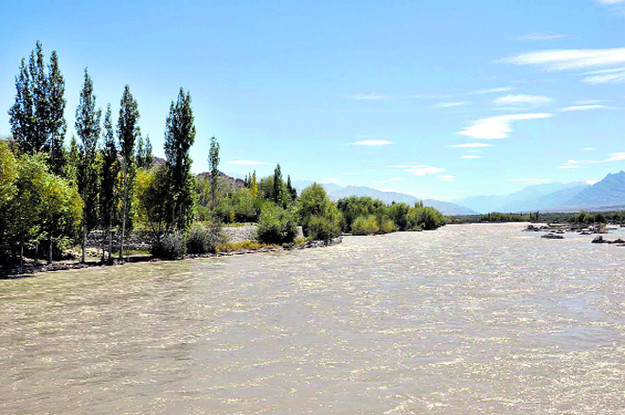
The Indus waters have for long been a bone of contention between India and Pakistan after the division of the drainage basin. The major portion did go to Pakistan but under the Indus Waters Treaty (IWT) regulations, India can use 20 per cent of the total discharge of this system. Therefore although at a seminal advantage, Pakistan unfortunately has been unable to optimise it. Thus water is becoming an existential issue for Pakistan, with fast-depleting fresh water resources and endangering food security. Further, the storage capacity at the facilities developed by Pakistan is a quarter (indicating a paltry 150 cubic metres per person) of the minimum requirement of 120 days. Further as per Lt Gen Muzamil Hussain, Chairman Water and Power Development Authority (WAPDA), Pakistan wastes fresh water worth $25 billion annually. India on the other hand, within the constraints of the IWT, has and further endeavours to maximise the utilisation of the western river waters both for irrigation and the generation of hydropower. This is more often than not objected to by Pakistan as it chooses to attribute most Indian projects as some sort of violation of the IWT. Pakistan never hesitates to raise the issue at international forums, where very often it has lost its pleas. Unable to utilise the available water, Pakistan has, of late, requested China to provide water security as a part of CPEC during their sixth joint meeting on the issue in December 2016. This request is being perceived as a vital and strategic, given worsening Pak-India ties. To fulfil their obligation, the Chinese experts visited Pakistan to study the Indus basin’s potential and held a series of meetings with WAPDA’s top mandarins, besides making field visits. They also studied WAPDA’s 2025 Vision and proposed a plan to increase the water storage capacity of Pakistan and also assist in generation of hydropower. Subsequently, they advanced this understanding with a Memorandum of Understanding (MoU) during the May Belt and Road Initiative (BRI) conference in Beijing to construct five dams that will form a cascade on the Indus river. The 400-km cascade of dams on the Indus will stretch all the way from Gilgit-Baltistan to the existing Tarbela Dam near Islamabad. China will provide about $50 billion through its agency National Energy Administration (NEA). It has been reported that the first allocation of funds will take place next year. The proposal includes the construction of (i) Bunji Hydro-power Project (7,100 MW) near Skardu in PoK, (ii) Diamer Basha Dam (4,500 MW) in PoK, (iii) Dasu Hydro-electric Project (4,320 MW), (iv) Patan Hydropower Project (2,200 MW) and Thakot Hydropower Project (4,000 MW). The proposal will effectively convert this huge river into a series of lakes. The proposal is based on the assumption that it will provide requisite water security to Pakistan, in addition to generation of hydropower. The terms and conditions of infrastructural development and operations are still not clear. Perhaps Pakistan is overlooking an important fact regarding the flow of the Indus. The river distinctly flows from an area of higher precipitation towards a drier zone in the plains of the Punjab and Sindh, where its flow becomes sluggish and highly braided. Further, the quantum of water from the tributaries too is consistently declining. This dire situation may have a direct impact on water availability from a river that is Pakistan’s lifeline. Ample proof is the highly reduced discharge in to the Arabian Sea between 2001 and 2009. The proposed dams may also lead to the submergence of a major part of the Karakoram Highway, initiating displacement and relocation of millions of people who will perhaps lose their livelihood as the agricultural fields will no longer be replenished by deposition of fresh, fertile sediments. The question is: Will the construction of a series of dams be of major benefit to Pakistan? The IWT has survived so far mainly because of India’s benevolence and strict adherence. It is under tremendous pressure at present due to the existing political situation in the subcontinent and paucity of water in the Indus and its tributaries. The Sino-Pak proposal of constructing dams in disputed territory will put provisions of IWT under severe pressure. With limited space for talks, it is bound to make Pakistan’s water relationship with India extremely tense. The Chinese role may cast a mortal blow to IWT and even force India to withdraw from it. India has to appreciate that inclusion of water security into CPEC essentially is a political choice for Pakistan and China though the issue does not fall within the otherwise commercial mandate of OBOR. We need to understand the nuances of this collusive action by Pakistan and China in PoK and raise objections to the Chinese presence there. In fact, we should press for vacation of PoK by Pakistan as our ultimate aim.
Indus the lifeline of Pakistan
The Indus river is the largest river as also the national river of Pakistan. It provides the key water resources for the country’s economy, its agriculture, supports some heavy industry and also provides the main supply of potable water in Pakistan. Rising in Tibet at an altitude of 5,188 metres near the Mansarovar lake, it flows west and northwestwards before it enters the Indian territory in Jammu and Kashmir. It forms a big gorge near the Indo-Tibet border and pierces the Kailash range several times. Flowing through Ladakh, Baltistan and Gilgit, it finally emerges out of the hills at Attock. Tributaries joining the main river are the Yartag, Zaskar, Dras, Shyok, Shigar, Nubra, Gilgit and Hunza in Jammu and Kashmir. It enters Pakistan near Chilas. Further down, it receives the Kabul, the Kurram, the Tochi and the collective flow of the well-known Punjab tributaries —the Sutlej, Beas, Ravi, Chenab and Jhelum — and falls into the Arabian Sea near Karachi. The snows and glaciers of the Himalayas, Karakoram and the Hindu Kush ranges of Tibet, Jammu and Kashmir and Himachal Pradesh and Gilgit-Baltistan (PoK), largely feed the Indus system. The writer, the former Chief of Staff Western Command, is an expert on the Indus Waters Treaty












